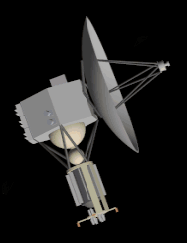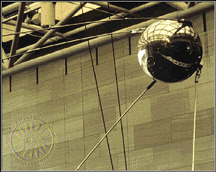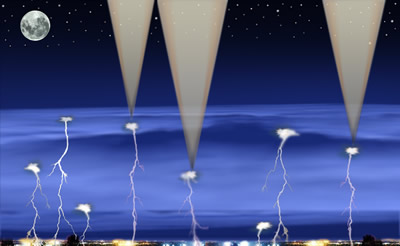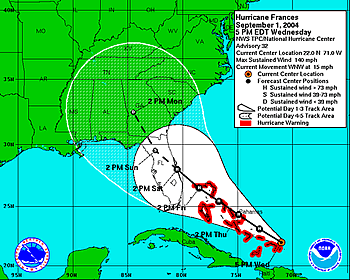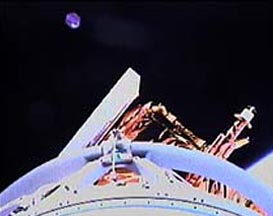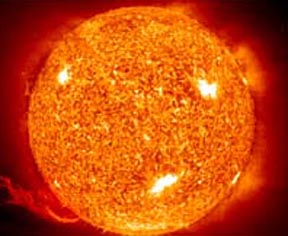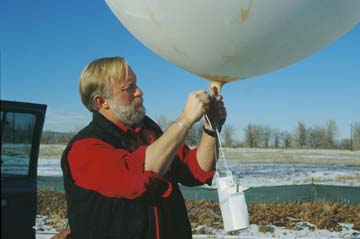Click on image for full size
NASA/JPL
Satellites
A satellite is any object that orbits around another, larger body, such as the Moon, which is a natural satellite of Earth.
Over the past half century, we have figured out how to make new Earth satellites. Since the 1957 launch of Sputnik 1, thousands of satellites have been launched and many are still in orbit around Earth. In fact, there are som many satellites that it is the job of some scientists to track their positions and predict when they will fall back to Earth.
Satellites provide us with information about the universe that could not be obtained from ground-based observations, and are crucial for telecommunication and meteorology. Telecommunication satellites provide many services people use every day, including telephoning, faxing, and television broadcasting. Meteorological satellites let us see how clouds move from high above and predict the weather days in advance.
A major breakthrough in satellite technology came when we learned to put a satellite in geosynchronous orbit. This happens at 35,800 km (22,375 miles) above the equator, where a satellite keeps up with the spin of the Earth's surface and, from the ground, appears to be standing still. In this way, it is able to provide continuous images of a particular area or be used as a link for round-the-world communication. At other altitudes, a satellite will move either faster or slower according to the pull of gravity, which is dependent on distance.
Today's technology has even created spacecraft that have become satellites of other planets in our solar system. An example is the Galileo spacecraft which, after almost 6 years to travel to Jupiter, is now that planet's newest satellite!


